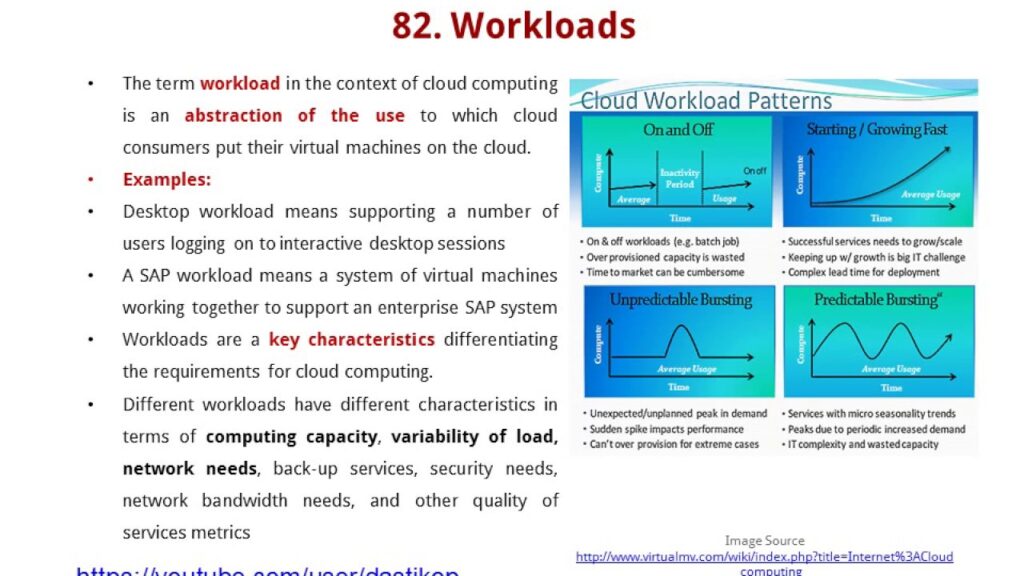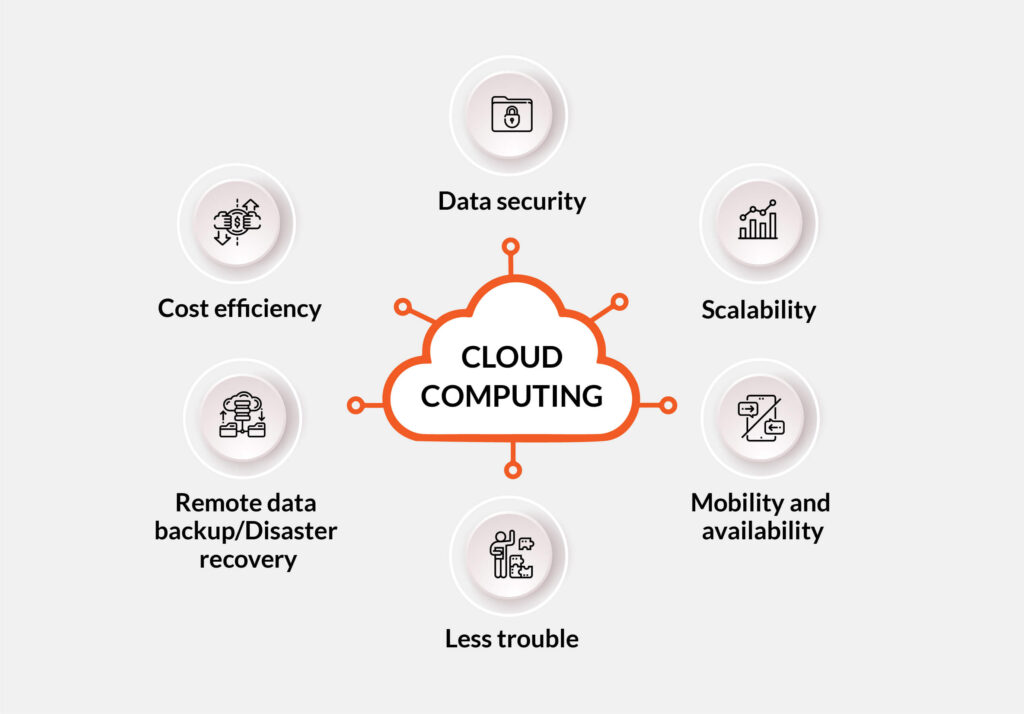Cybersecurity powerhouse CrowdStrike is grappling with a global tech outage after a recent software update, impacting a staggering 8.5 million Microsoft devices worldwide. While this issue affects less than one percent of all Windows computers currently in use, its repercussions have reverberated across critical sectors, underscoring the extensive reach of modern digital infrastructure.
According to a blog post by Microsoft, the scale of the problem is evident: “We currently estimate that CrowdStrike’s update affected 8.5 million Windows devices, or less than one percent of all Windows machines.” Despite the relatively small percentage, the fallout has been substantial, highlighting CrowdStrike’s pivotal role in cybersecurity.
The fallout from this outage has been far-reaching, affecting various industries:
1. Aviation: Thousands of flights were grounded, leading to stranded passengers and significant delays. Delta Air Lines, among the worst-hit carriers, reported over 600 flight cancellations by Saturday morning, with more disruptions anticipated.
2. Broadcasting: Several broadcasters went off the air, disrupting media services.
3. Healthcare and Banking: Customers encountered difficulties accessing crucial services, including healthcare and banking systems.
4. Government and Corporate Sectors: Given that over half of Fortune 500 companies and key government agencies like the U.S. Cybersecurity and Infrastructure Security Agency rely on CrowdStrike’s software, the outage’s impact was felt across public and private sectors.
The root cause of the problem was traced back to a patch in CrowdStrike’s widely-used Falcon sensor software. While intended to enhance cybersecurity defenses against emerging threats, bugs in the update’s code led to crashes on numerous clients’ Microsoft Windows systems.
Security experts, including Steve Cobb, Chief Security Officer at Security Scorecard, suggested that the faulty file may have bypassed the testing process. The glitch lies in a file containing configuration information or signatures crucial for identifying malicious code or malware.
Images of the outage circulated widely, featuring the notorious “blue screens of death” error messages displayed on affected computers. CrowdStrike has provided guidance on rectifying the systems, but the remedial measures are intricate and labor-intensive, involving manual removal of the flawed code from each affected device.
Microsoft is actively involved in the recovery efforts, collaborating with CrowdStrike to expedite a fix for Microsoft’s Azure infrastructure. Additionally, Microsoft has notified other major software providers like Amazon Web Services and Google Cloud Platform about the incident’s implications.
This incident underscores the risks associated with widely-used cybersecurity software and underscores the necessity for rigorous testing procedures. John Hammond, Principal Security Researcher at Huntress Labs, highlighted the importance of a cautious approach to software updates to prevent similar disruptions in the future.
The outage also emphasizes the delicate balance between frequent security updates and thorough testing. While security products routinely update their signatures to safeguard against evolving threats, the incident exposed potential pitfalls in testing procedures due to the high update frequency.
This event serves as a critical reference point for the cybersecurity industry, prompting discussions on diversifying security solutions and implementing stringent testing protocols to fortify critical infrastructure and security systems.
(Photo by Joshua Hoehne)
For more insights on cybersecurity and cloud technology from industry experts, consider attending the Cyber Security & Cloud Expo event in Amsterdam, California, or London. Stay informed about upcoming enterprise technology events and webinars by visiting TechForge’s event page.
Tags: cloud, cybersecurity, microsoft, security



